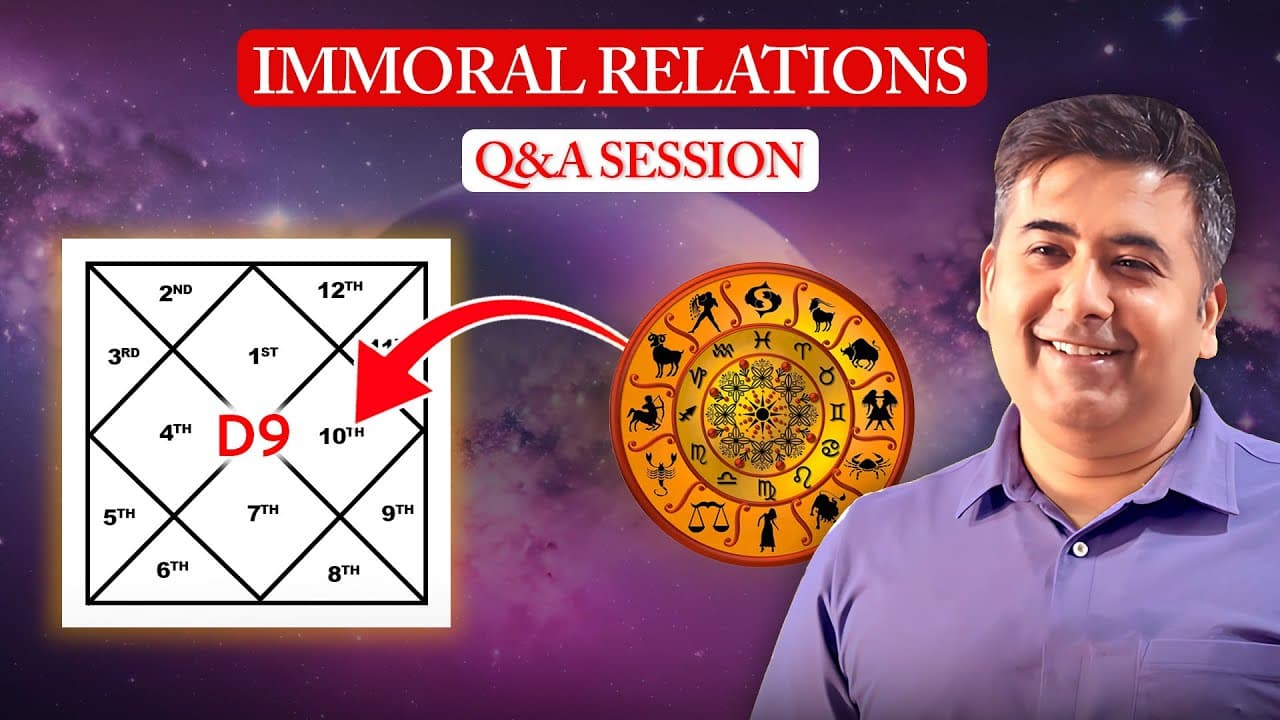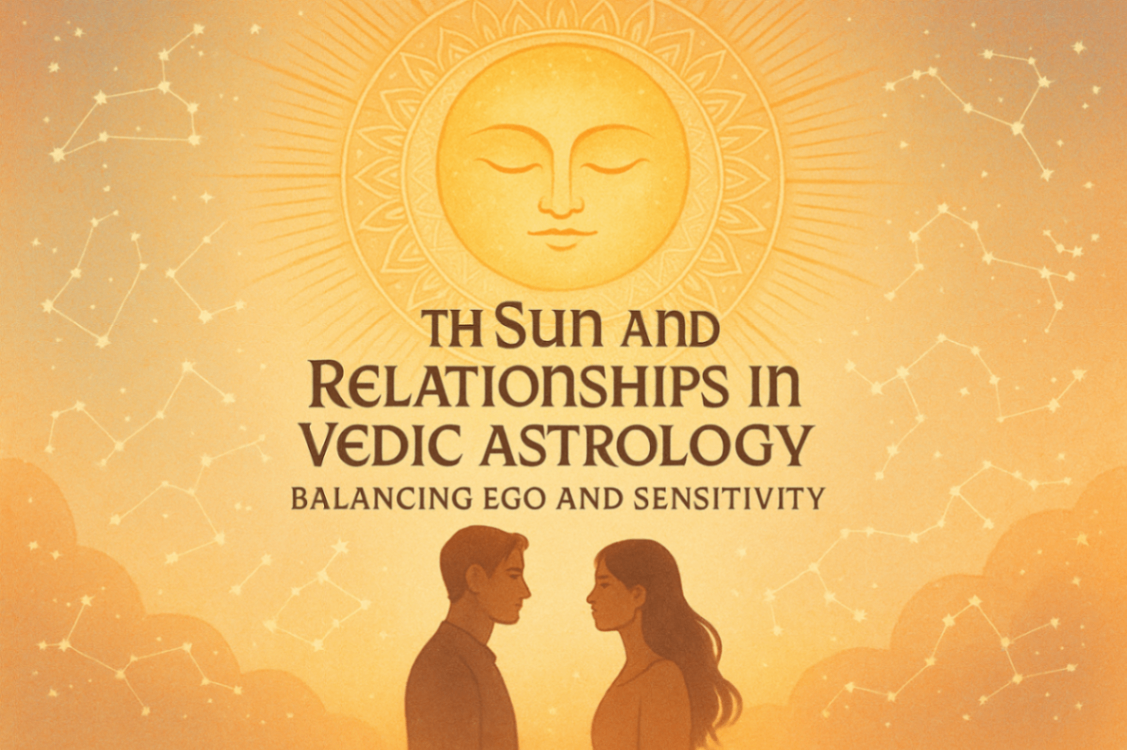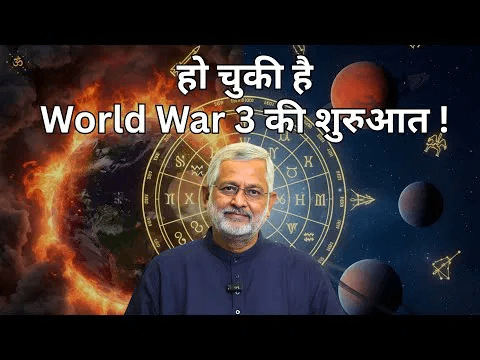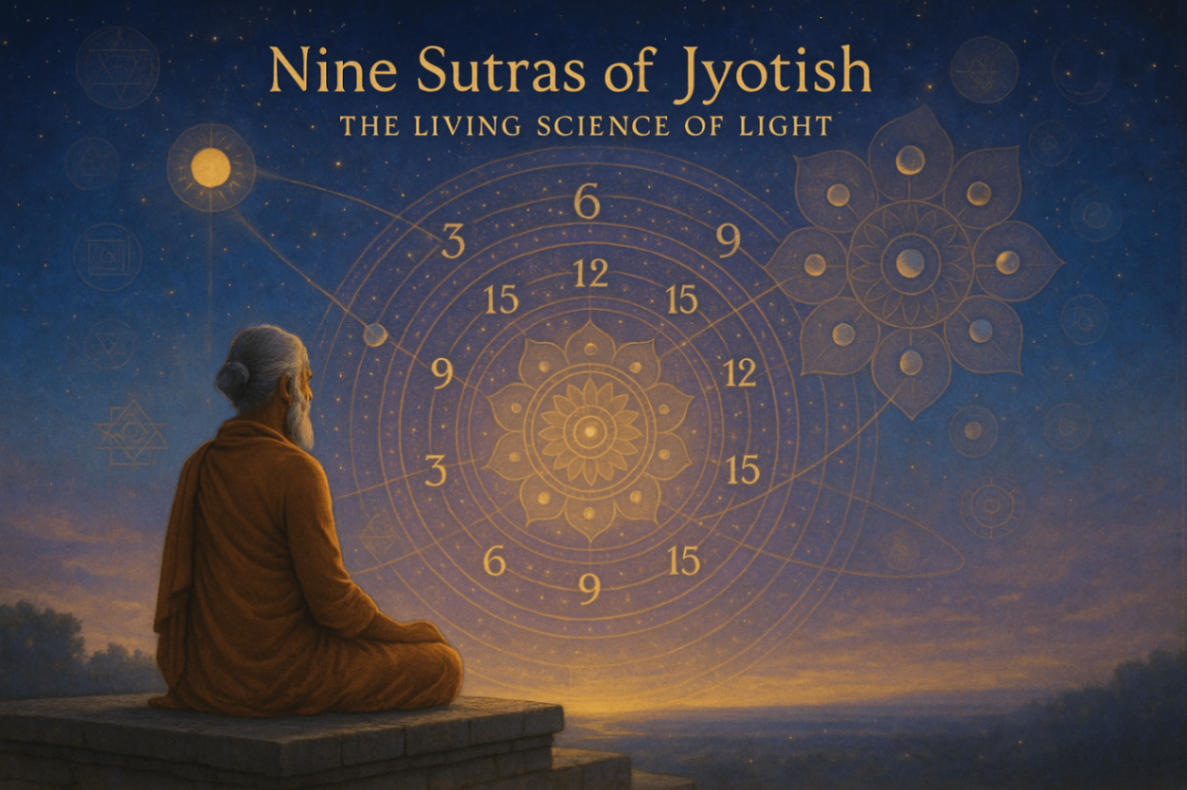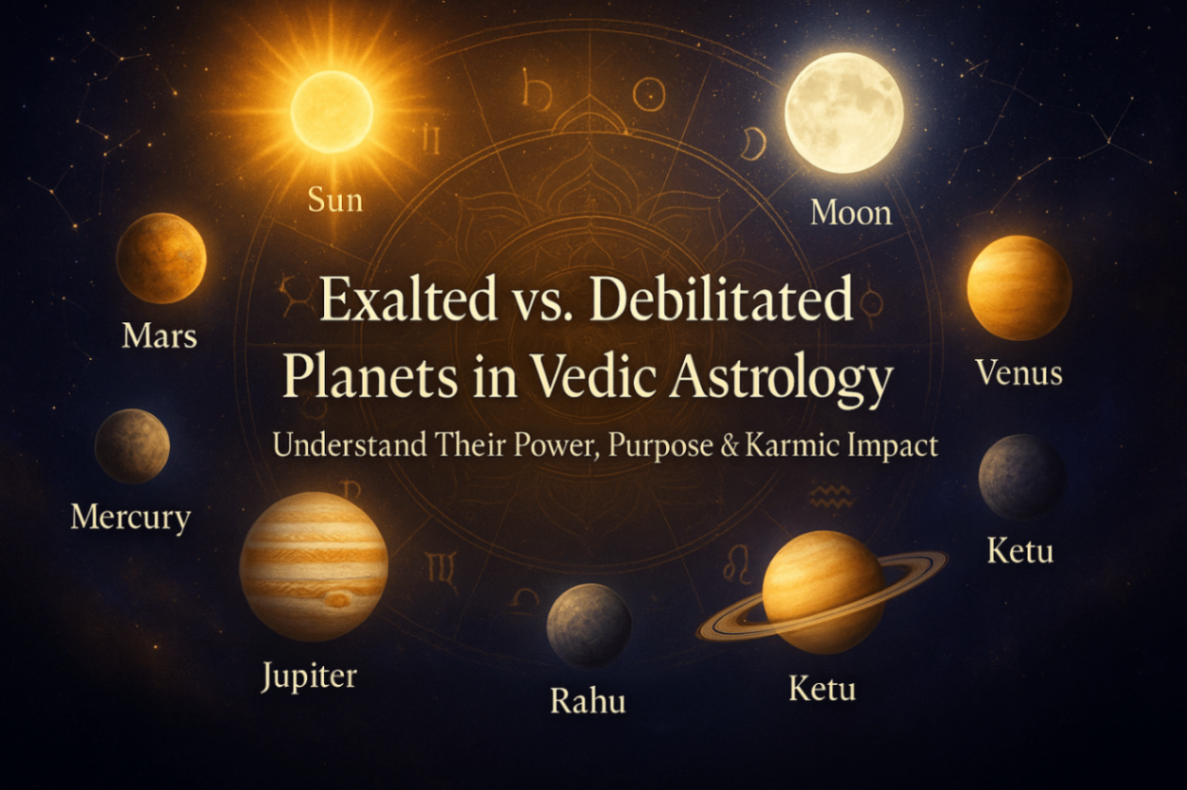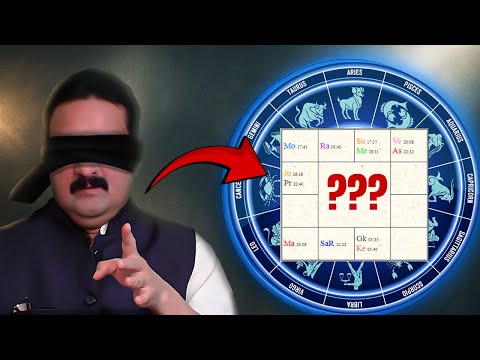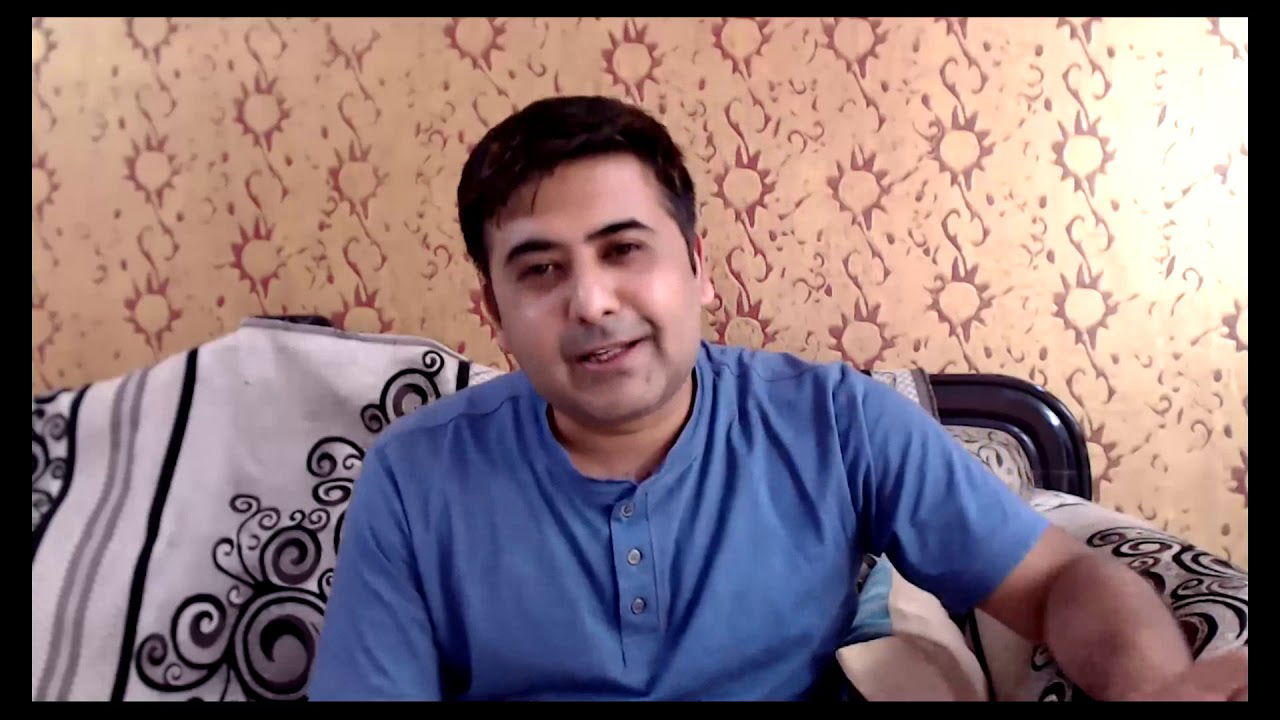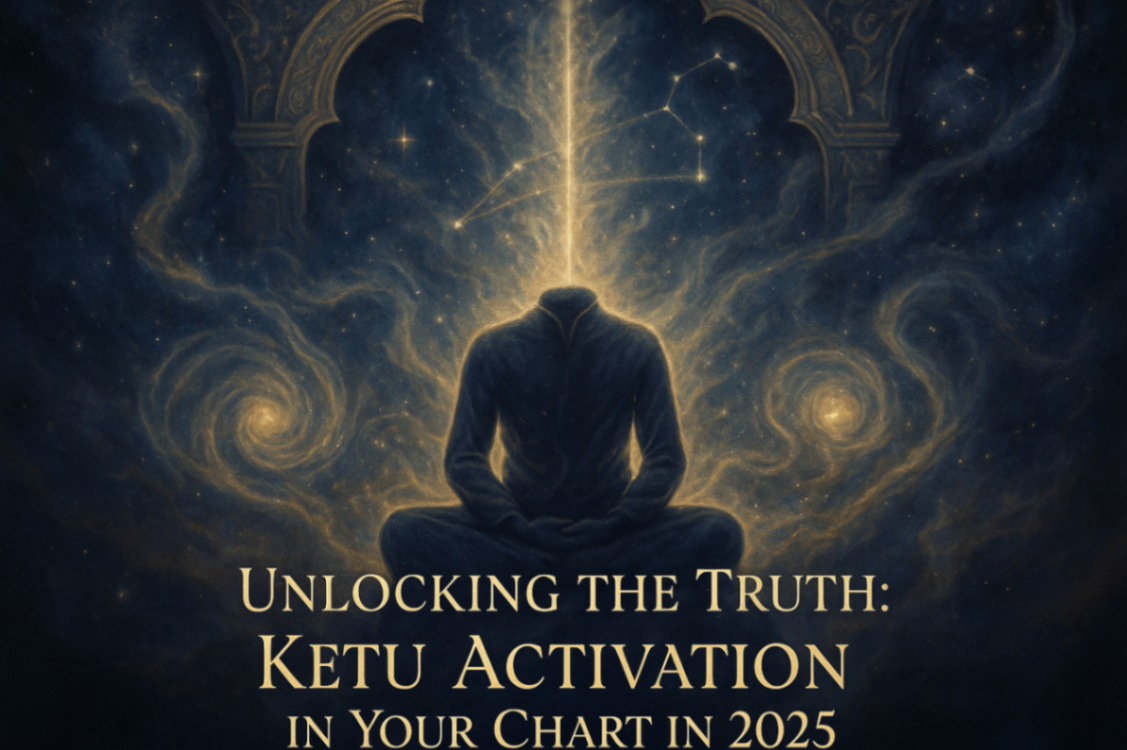Introduction
In Vedic astrology, the Jyotish-Navansh chart (D9 chart) is considered one of the most important divisional charts. While the D1 chart (Rashi chart) shows life’s circumstances, the Navansh chart reveals the inner strength, fruit, and destiny of those circumstances. It is often called the chart of fortune, dharma, and marriage.
Many astrologers consider the Navansh chart as the “soul” of the horoscope. It reflects the hidden karmic blueprint that shapes relationships, morality, spiritual growth, and long-term results. In this article, we will explore how the Jyotish-Navansh chart works, why it matters, and what key insights it provides.
D1 vs. D9: Why Both Are Essential
The D1 chart (Rashi chart) reveals the environment, conditions, and opportunities in life. It shows the external setup of destiny.
The D9 chart (Navansh chart) reveals how these conditions manifest as results. It shows the deeper essence of what you finally experience.
For example:
If Jupiter is placed in the 3rd house in D1, it may indicate guidance from elders or grandparents. But how that wisdom shapes your destiny is judged from its Navansh placement.
Without understanding the D1 environment, the D9 chart cannot be fully interpreted. Together, they provide a complete story.
Importance of Vargottama Planets
A planet that occupies the same sign in both D1 and D9 is called Vargottama. This means the planet maintains its original agenda and clarity.
Such a planet expresses its nature without deception.
It does not necessarily mean “good” or “bad,” but it indicates consistency.
Remedies may have limited effect because the planet’s karmic role is fixed and straightforward.
Example: A Vargottama Mercury in Gemini will express Gemini qualities strongly in both life circumstances and outcomes, without dilution.
Mercury and Ketu in Navansh
One interesting combination often highlighted in astrology is Mercury with Ketu.
Mercury represents the conscious, logical brain and communication.
Ketu represents the subconscious, the unspoken, and detachment.
When they combine, the native may feel a push-pull between clarity and confusion, action and inaction.
This can lead to:
Interrupted communication.
Jumping from one thought to another.
Anxiety in the digestive system due to stress.
Remedy: Meditation helps balance Mercury and Ketu, bringing relaxation and grounding to the mind.
Jyotish-Navansh Chart and Marriage
The D9 chart is most famous for its role in predicting marriage and partnerships.
It reveals the spouse’s qualities, marital harmony, and long-term bonding.
Debilitated planets in the Navansh lagna can show struggles in relationships.
A strong benefic like Jupiter in the Navansh ascendant often indicates blessings in marriage and dharma, but only when well placed.
Case Insight: A debilitated Jupiter in the Navansh lagna often creates morality issues in marriage. This may manifest as hidden affairs, dishonesty, or imbalance in respect between partners.
Morality and the Navansh
The Navansh chart reveals not only destiny but also moral conduct. When Jupiter, Venus, or the 7th lord is weak in Navansh:
Issues of immoral relationships may surface.
Marriage may continue legally, but emotional integrity can be missing.
Sometimes external circumstances like family interference worsen the situation.
Remedies:
Strengthen Jupiter – keep the home temple clean, serve in temples, or donate in the name of dharma.
Discipline Venus – practice moderation, honor marital commitments, and avoid indulgence.
Balance Saturn in Navansh – avoid cutting sacred trees (like Mahua) and perform karmic remedies such as planting trees.
Destiny Through the Jyotish-Navansh Chart
The Navansh chart also reflects:
Spiritual evolution – how dharma unfolds over time.
Karmic debts – unresolved actions from past lives.
Hidden strengths – planets exalted in D9 often give final blessings even if weak in D1.
Collective karma – sometimes many people share similar struggles (e.g., war, crisis, or calamities). In such cases, the Navansh shows how destiny manifests differently for individuals based on their dharma.
Practical Tips for Reading the Navansh
When interpreting the Jyotish-Navansh chart, keep these points in mind:
Do not skip the D1 chart – always study circumstances first.
Check Navansh Lagna and its lord – this shows spiritual foundation.
Examine Jupiter and Venus – they indicate morality, blessings, and marriage.
Study Vargottama planets – these hold fixed karmic roles.
Look for debilitated or afflicted planets – these highlight areas needing correction.
Apply Desh-Kaal-Patra – results vary depending on country, culture, and personal conditions.
Remedies for Weak Navansh Positions
Meditation and discipline – balance Mercury-Ketu confusion.
Temple service and charity – strengthen Jupiter.
Tree plantation – remedy Saturn’s karmic debts.
Cleanse the home temple – avoid keeping it near bathrooms or in the bedroom.
Regular mantra chanting – harmonize planetary energies.
Conclusion
The Jyotish-Navansh chart is more than a tool for checking marriage or dharma. It reveals the soul’s journey, the morality of relationships, and the karmic fruits of life. When combined with the D1 chart, it allows an astrologer to see both the conditions and the final outcomes of destiny.
By learning to interpret the Navansh chart carefully, one can understand life’s deeper truths and apply remedies to align with dharma. It is not just about predictions, but about guiding individuals toward clarity, morality, and spiritual growth.

